A bonsai tree is one of the most attractive plants grown in a pot. They are very popular among plant lovers. The main reason for their popularity is that they are easy to grow and care for. You can grow them in any size of the pot.
Many people ask many questions about bonsai trees in the forum. The most frequently asked question is, “Can bonsai trees bear fruit?”
Yes, bonsai trees can bear fruit. But it’s safe or not? It is safe to eat the fruit of a bonsai tree. The fruit of a bonsai tree is the same as that of a regular tree. The only difference is the size of the fruit. A bonsai tree’s fruits are smaller than a regular tree’s. The size of the fruit depends on the type of bonsai tree. Some bonsai trees bear small fruits and some bear large fruits.
What are bonsai trees, and what do they look like
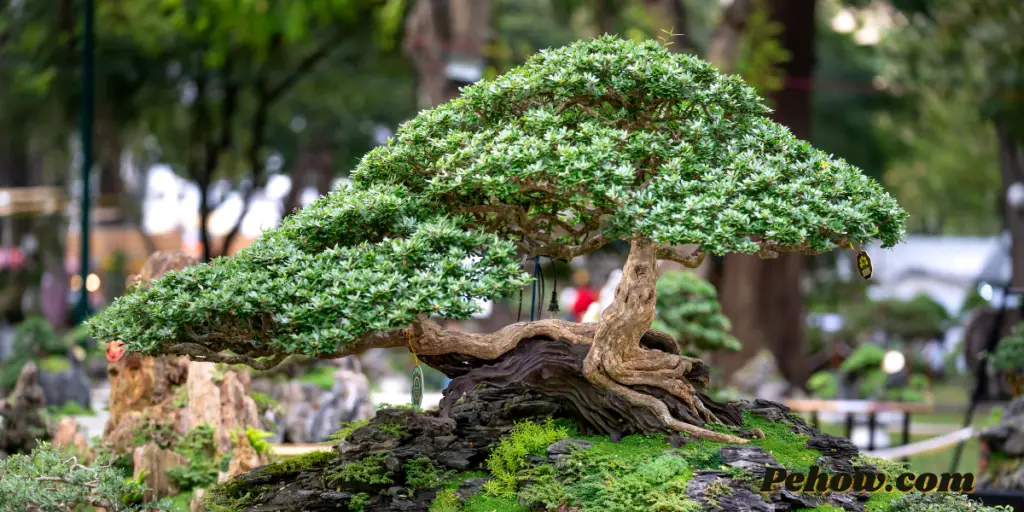
Bonsai trees are miniature trees popular in Japan and other parts of the world. They can be grown indoors or outdoors and shaped into many different styles. Bonsai trees can be made from various plants, including junipers, pines, and elms. The most common bonsai tree is the Japanese maple.
Bonsai trees are often shaped into a formal upright, informal upright, slanting, or cascade styles. They may also be given a naturalistic look by growing them in a pot that resembles a scene from nature, such as a mountain setting. Bonsai trees are typically only a few inches tall but can range in size from a few inches to several feet.
The word bonsai is Japanese for “tray planting.” Bonsai trees are not bred or genetically modified to stay small; they are carefully pruned and trained to stay small. Bonsai trees can live for many years; some specimens are hundreds of years old.
Bonsai trees make beautiful and unusual houseplants or patio plants. They can be purchased from nurseries, garden centers, and online retailers. Bonsai tree kits that include everything needed to get started are also available.
The history of bonsai trees
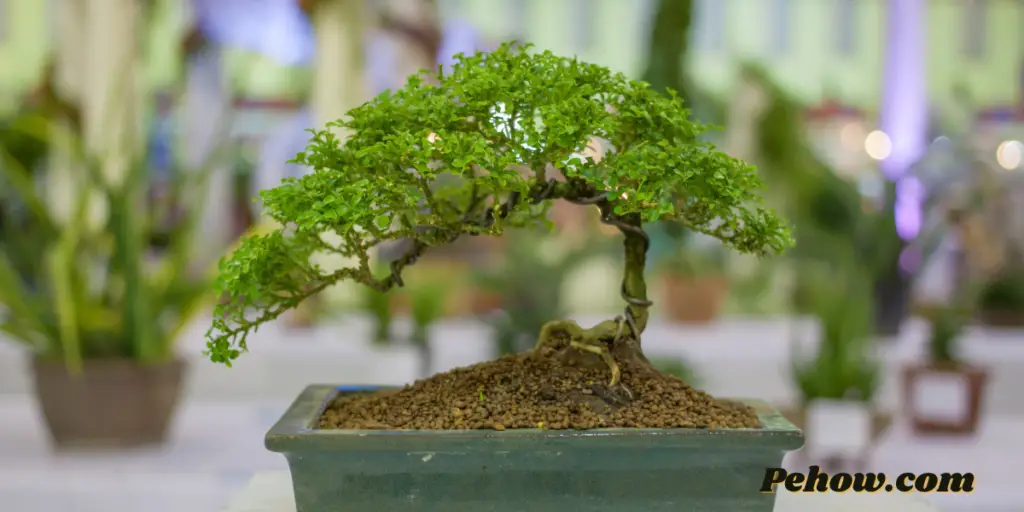
The history of bonsai trees is long and storied, dating back thousands of years. Bonsai trees are miniature trees that have been carefully cultivated and trimmed to be small and aesthetically pleasing. They are often displayed in pots or other containers and can be a beautiful addition to any home or garden.
Bonsai trees first originated in China, known as “pun-sai.” These early bonsai trees were created by grafting different species together to create a unique and beautiful tree. The art of bonsai then spread to Japan, where it was further developed and refined. Japanese bonsai masters created various styles, and the art of bonsai soon became very popular.
Bonsai trees were created for aesthetic purposes, but they can also be used for practical purposes, such as keeping a garden or patio area cool in hot weather. Bonsai trees are low-maintenance and can live for many years with proper care.
How many fruits can a bonsai tree produce?
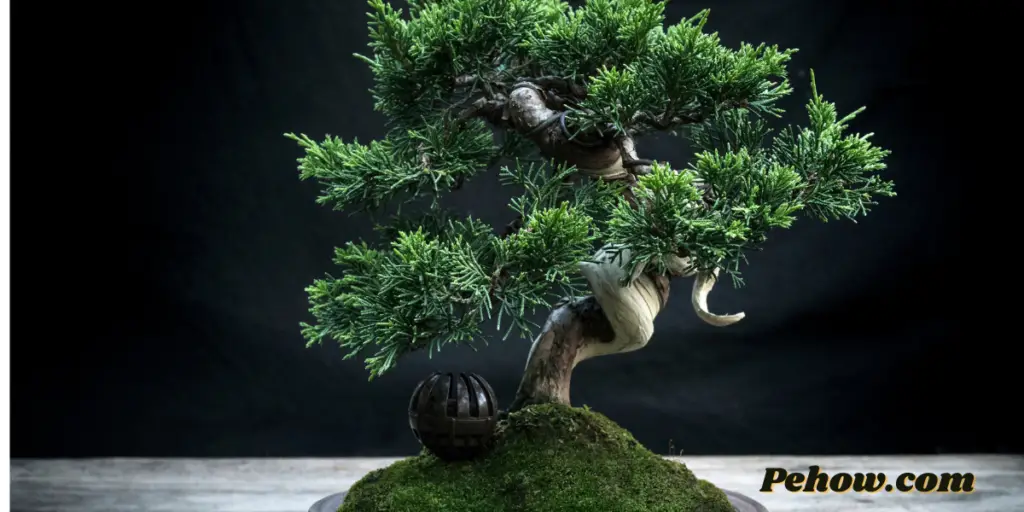
A bonsai tree is a miniature tree that is grown in a pot. The size of the pot determines the size of the tree. A bonsai tree can produce many fruits, depending on the tree species. Some trees can produce dozens of fruits, while others may only produce a few.
The amount of fruit a bonsai tree produces also depends on the amount of sunlight, water, and nutrients the tree receives.
Is it safe to eat bonsai tree fruit?
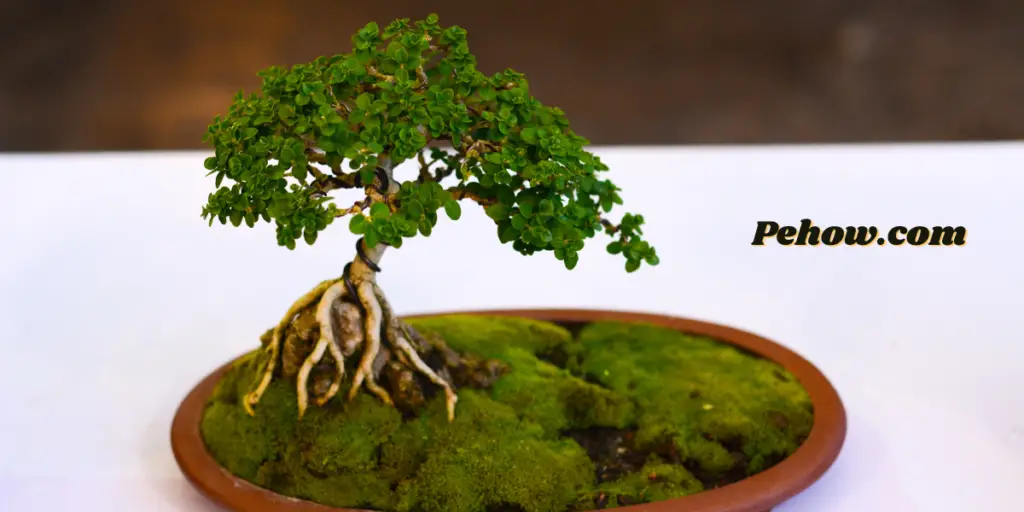
The bonsai tree is a small tree popular for its ornamental value. The tree can be kept in a pot or container and is often used in the art of bonsai. While the bonsai tree is popular for its beauty, some people may wonder if it is safe to eat the fruit that the tree produces.
The short answer is that it is safe to eat bonsai tree fruit. The fruit of the bonsai tree is not poisonous and can be eaten without ill effects. However, the taste of the fruit may not be to everyone’s liking. The fruit of the bonsai tree is small and tart, so it may not be the best thing to eat if you are looking for something sweet or juicy.
If you decide to try the fruit of the bonsai tree, ensure that you only eat the ripe fruit. The unripe fruit of the bonsai tree can be quite sour and may not taste very good. You should also be careful not to eat too much fruit, as it can cause stomach upset in some people.
Overall, there is no need to worry about eating bonsai tree fruit. The fruit is safe to eat and will not cause any harm to you. However, if you are not a fan of the taste, you may want to stick to other fruits and vegetables instead.
What are the risks of eating bonsai tree fruit?
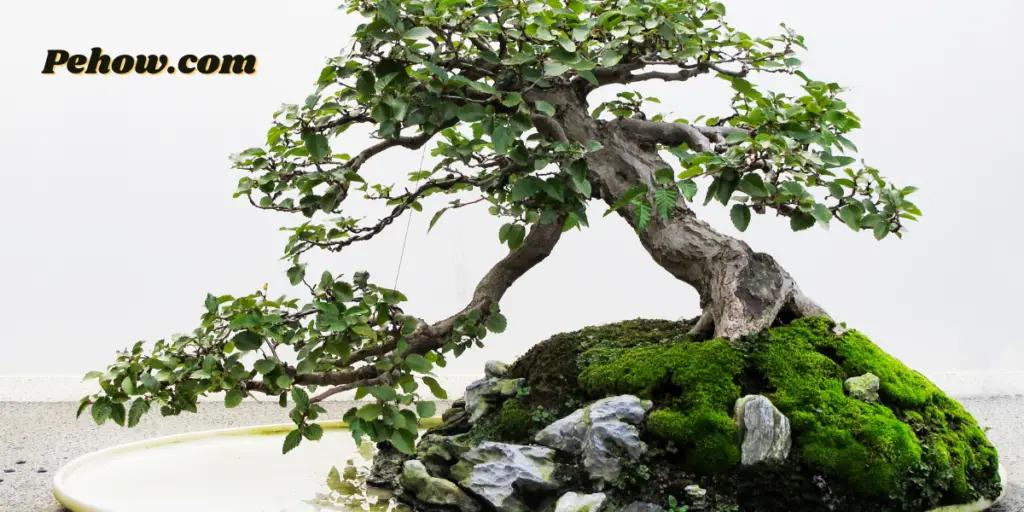
There are a few things to keep in mind regarding the risks of eating bonsai tree fruit. First, it’s important to ensure that the fruit is ripe and properly washed before eating. Unripe or improperly washed fruit can contain harmful bacteria that can make you sick.
1. Allergic reactions
When it comes to the risks of eating bonsai tree fruit, one of the main concerns is allergic reactions. Some people may react to the fruit if they eat it, especially if they are not used to eating bonsai fruit. Symptoms of an allergic reaction can include nausea, vomiting, diarrhea, and in some cases, difficulty breathing. If you experience these symptoms after eating bonsai tree fruit, you must seek medical help immediately.
2. Pesticides and other chemicals
Another risk to consider when eating bonsai tree fruit is the possibility of pesticides and other chemicals. If the fruit has not been properly washed, there is a chance that these chemicals could be present on the fruit. These chemicals can cause a variety of health problems, so it’s important to make sure that the fruit is clean before eating.
3. Intestinal blockage
In rare cases, eating bonsai tree fruit can lead to intestinal blockage. This is usually only a concern if the fruit is eaten in large quantities or if the person has a history of gastrointestinal problems. If you experience abdominal pain or discomfort after eating bonsai tree fruit, it’s important to seek medical help immediately.
While the risks of eating bonsai tree fruit are relatively low, it’s still important to be aware of them. If you have any concerns, it’s always best to speak with a doctor or other medical professional before eating any new type of fruit.
How many days can a bonsai tree bear fruit?
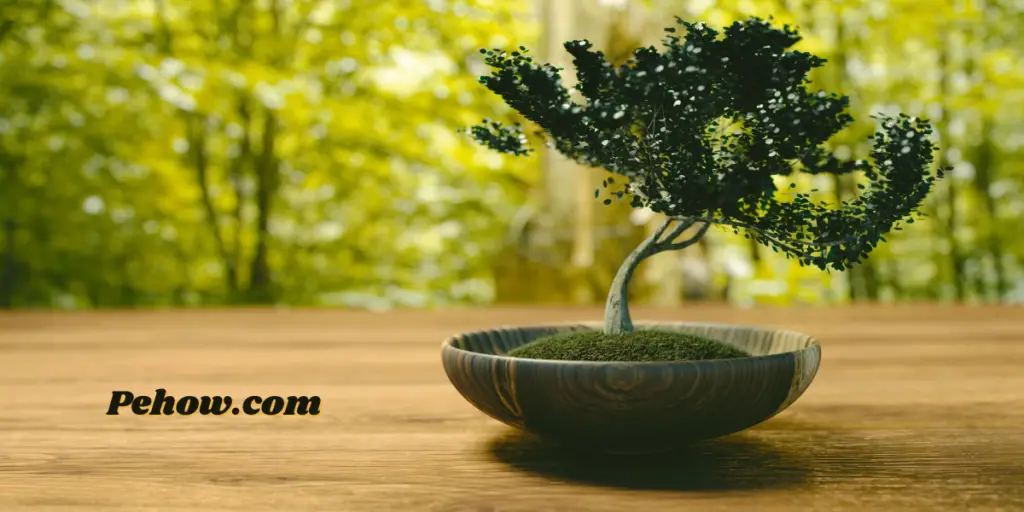
A bonsai tree can bear fruit for a number of days, depending on the species. Some bonsai trees can bear fruit for up to two weeks, while others may only bear fruit for a few days.
The key to keeping a bonsai tree healthy and bearing fruit is to ensure that it is properly cared for and has enough sunlight and water. If a bonsai tree is not cared for properly, it will eventually die.
How to care for a bonsai tree
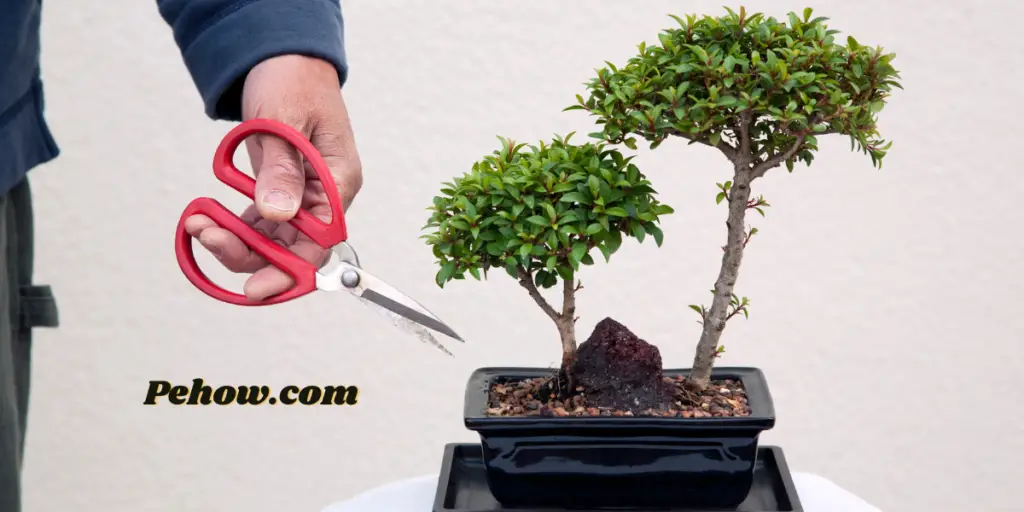
bonsai trees are a type of tree grown in a small pot. They require special care to keep them healthy and looking beautiful. Here are some tips on how to care for your bonsai tree:
1. Choose the right pot for the bonsai tree
When choosing a pot for your bonsai tree, it is important to choose the right size and style pot that will be most appropriate for the type of tree and the style you are trying to achieve. The pot should be large enough to accommodate the tree roots but not so large that it looks too crowded or out of proportion.
2. Select good soil for bonsai plants
bonsai trees are a type of tree grown in a small pot. They require special care to keep them healthy and looking beautiful. One important part of caring for bonsai trees is selecting the right soil. Good soil is essential for keeping bonsai plants healthy, and there are several things you should look for when choosing soil for your bonsai tree.
The first thing to consider is the type of tree you are growing. Different types of trees require different types of soil. For example, an evergreen bonsai tree will need a different type of soil than a deciduous tree. Once you know what type of tree you are growing, you can select a soil that is specifically designed for that type of tree.
Another important factor to consider when choosing soil for your bonsai tree is drainage. Bonsai trees need well-draining soil so that their roots do not become waterlogged. Be sure to choose a soil mix that has good drainage. You can always ask for help at your local garden center if you are unsure.
3. Protect from insects
Insects can be a major problem for bonsai trees, as they can damage the leaves and branches of the tree. There are several ways to protect your bonsai tree from insects.
One way to protect your bonsai tree is to use a pesticide. There are many different types of pesticides available, and you should choose one specifically designed for use on bonsai trees. Be sure to follow the directions carefully when using pesticides, as you don’t want to damage the tree.
Another way to protect your bonsai tree from insects is to keep it in a location where insects are not a problem. If you live in an area with many insects, you may want to keep your bonsai tree indoors.
4. Fertilize regularly
Bonsai trees need to be fertilized regularly to stay healthy. There are many different fertilizers available, and you should choose one specifically designed for use on bonsai trees. Be sure to follow the directions carefully when fertilizing, as you don’t want to over-fertilize the tree.
5. Prune regularly
Pruning is an important part of caring for bonsai trees. Regular pruning will help to shape the tree and keep it from getting too big. Be sure to use the proper pruning tools, and follow the directions carefully so you don’t damage the tree.
6. Water regularly
Bonsai trees need to be watered on a regular basis to stay healthy. The amount of water your bonsai tree needs will depend on the type of tree, the size of the tree, and the climate you live in. Be sure to check the soil regularly, and water the tree when the soil is dry.
7. Place in a sunny location
Bonsai trees need to be placed where they will get plenty of sunlight. The amount of sunlight your bonsai tree needs will depend on the type of tree. Be sure to place the tree where it will get at least four hours of sunlight daily.
8. Repot every two to three years
Bonsai trees must be repotted every two to three years to stay healthy. When repotting, choose a pot slightly larger than the current pot. Be sure to use good quality bonsai soil, and water the tree well after repotting.
9. Apply mulch
Mulching is an important part of caring for bonsai trees. Mulch will help to keep the roots of the tree cool and moist. Be sure to apply a layer of mulch around the base of the tree, but be careful not to mulch too thickly.
10. Protect from frost
Frost can damage bonsai trees, so it is important to protect them from frost if you live in an area where frost is a problem. There are several ways to protect your bonsai tree from frost, such as wrapping the tree in burlap or placing it in a cold frame.
Caring for a bonsai tree can be a rewarding experience and a great way to add some beauty to your home. With a little care, your bonsai tree will thrive for many years.
What type of pot should you use for a bonsai tree
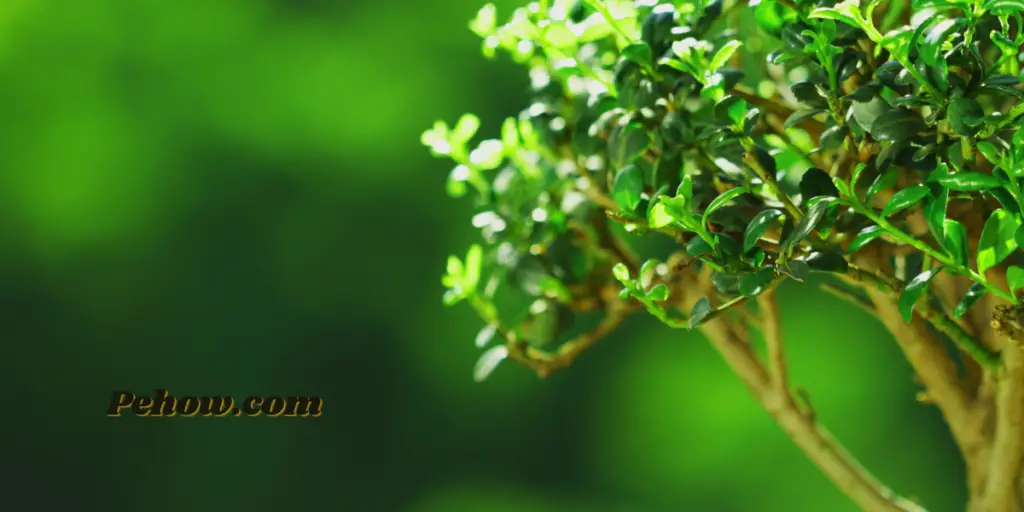
Choosing the right pot is essential when it comes to keeping your bonsai tree healthy. There are a few things you need to consider when selecting a pot for your bonsai:
First, the pot should be large enough to accommodate the tree’s roots. The roots need plenty of space to grow, or they will become cramped and begin to suffocate.
Second, the pot should have good drainage. Bonsai trees require well-drained soil, so make sure the pot has holes in the bottom to allow water to drain out.
Third, the pot should be made from a material that will not absorb water or nutrients from the soil. Some good choices for bonsai pots include unglazed ceramic, plastic, or glazed ceramic.
Finally, the pot should be aesthetically pleasing. After all, part of the enjoyment of owning a bonsai tree is displaying it in your home or office!
Conclusion
Bonsai trees can bear fruit, but choosing the right type of tree is important. Some types of bonsai trees cannot produce fruit, so it is important to do your research before buying a tree. If you want to grow a fruit-bearing bonsai tree, choose a species known to produce fruit, such as the citrus bonsai tree.
I hope this article has been helpful. Caring for a bonsai tree can be a rewarding experience and a great way to add some beauty to your home. With a little care, your bonsai tree will thrive for many years.


